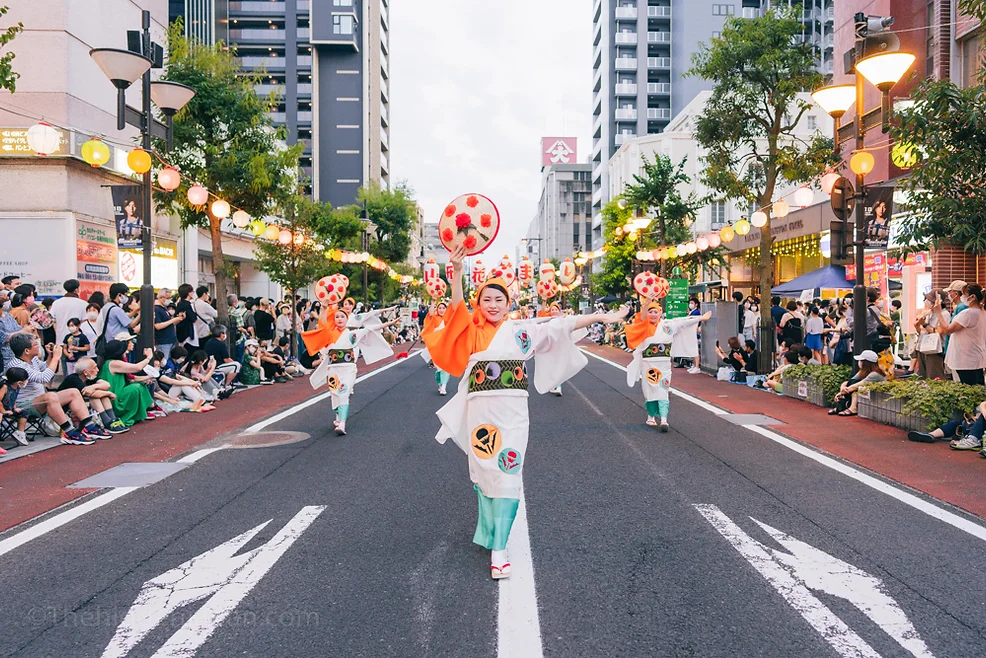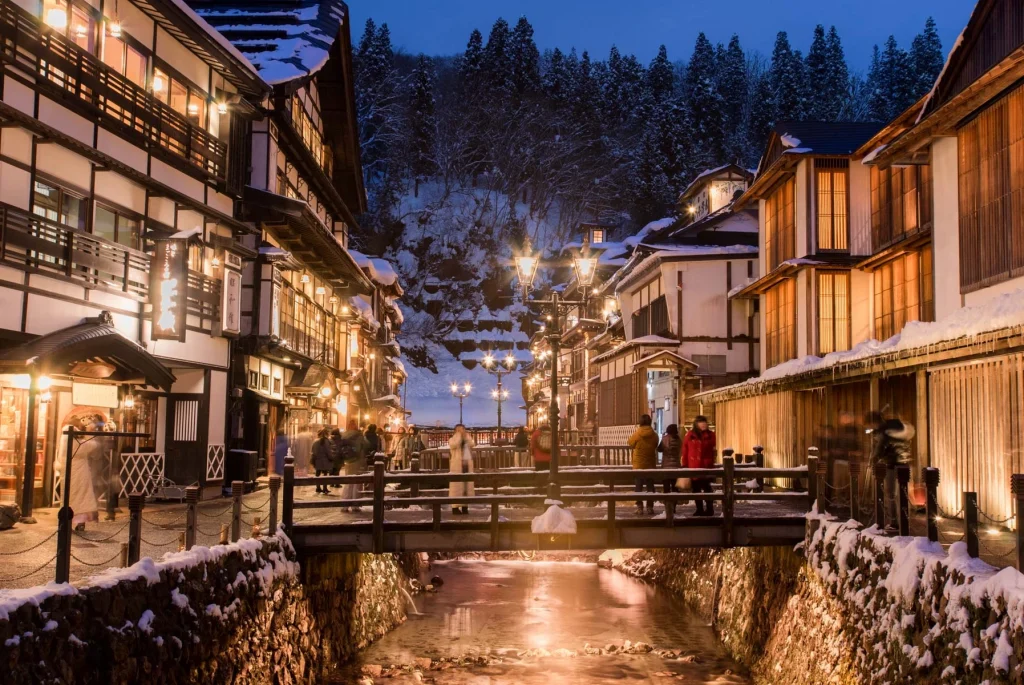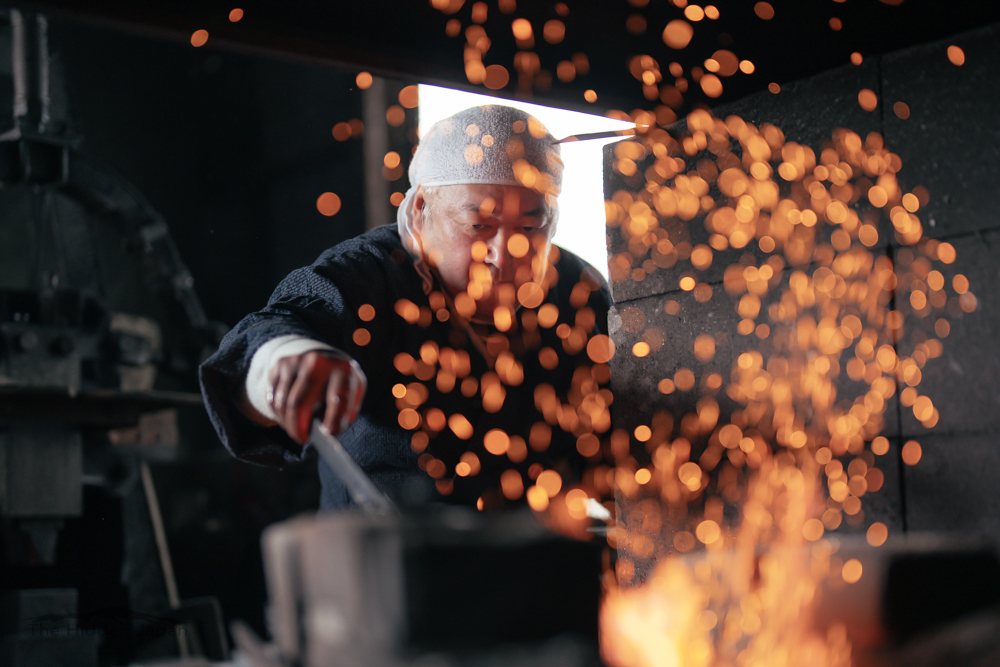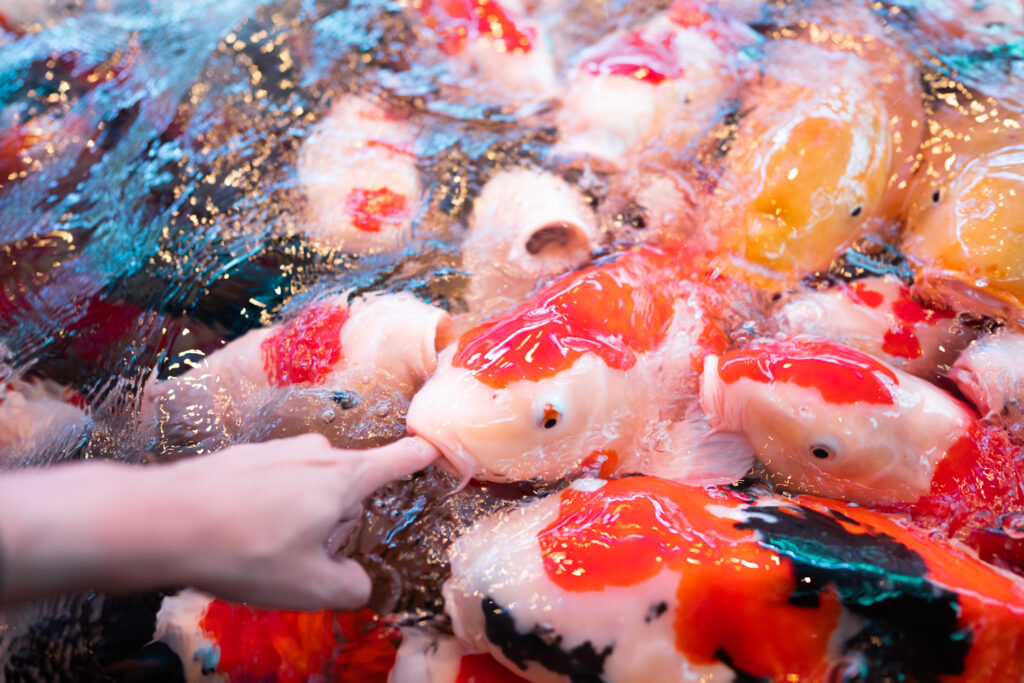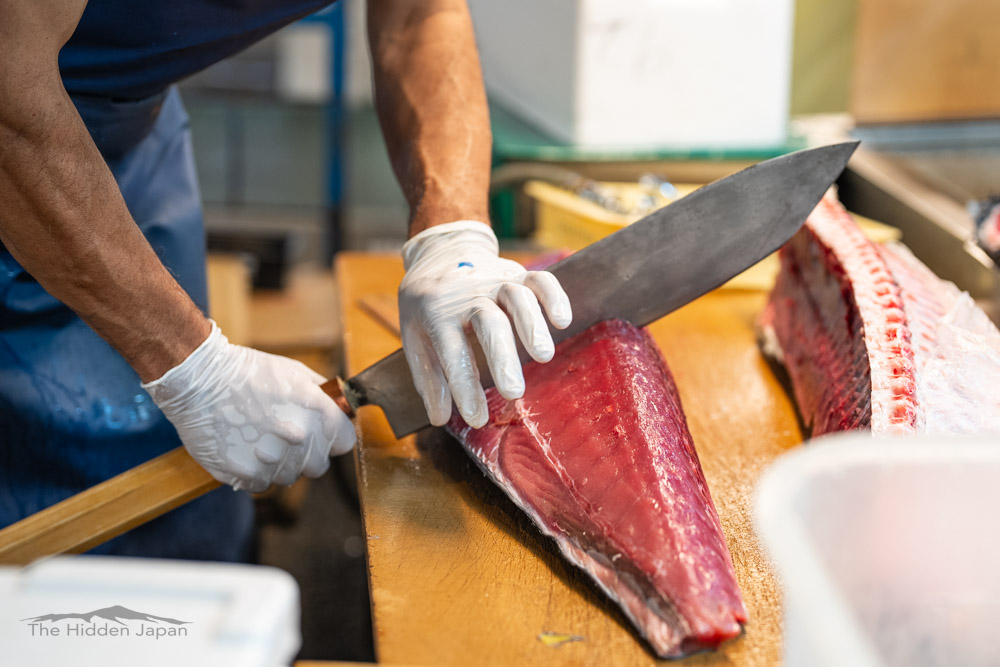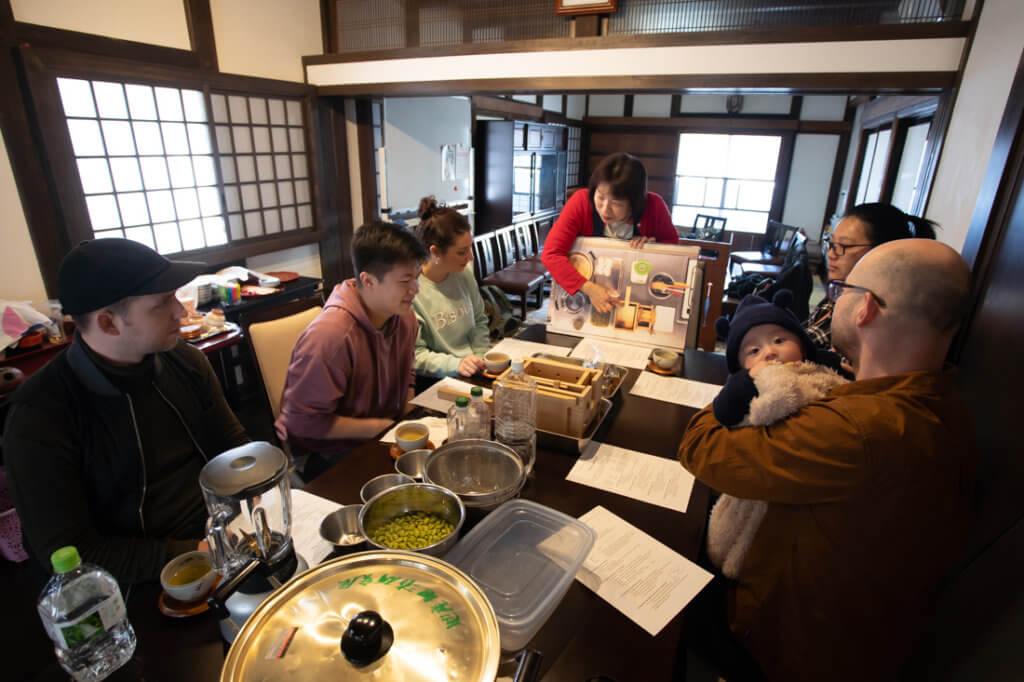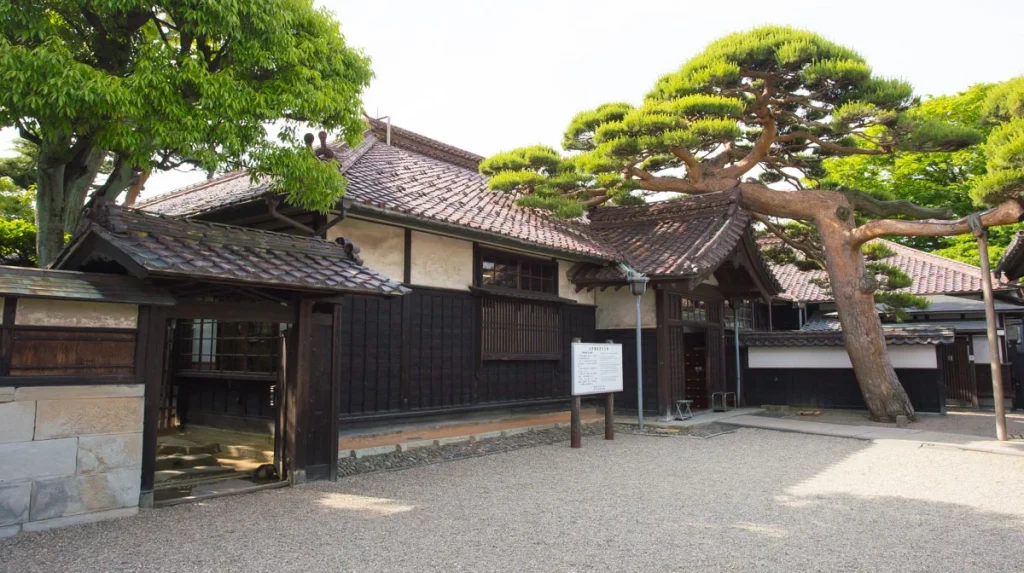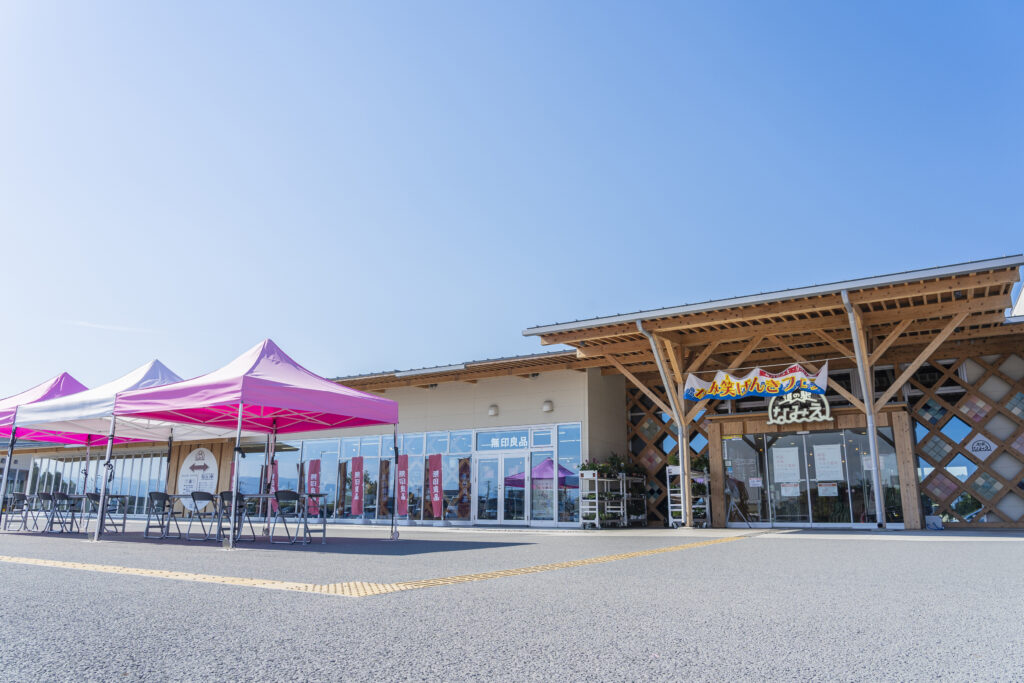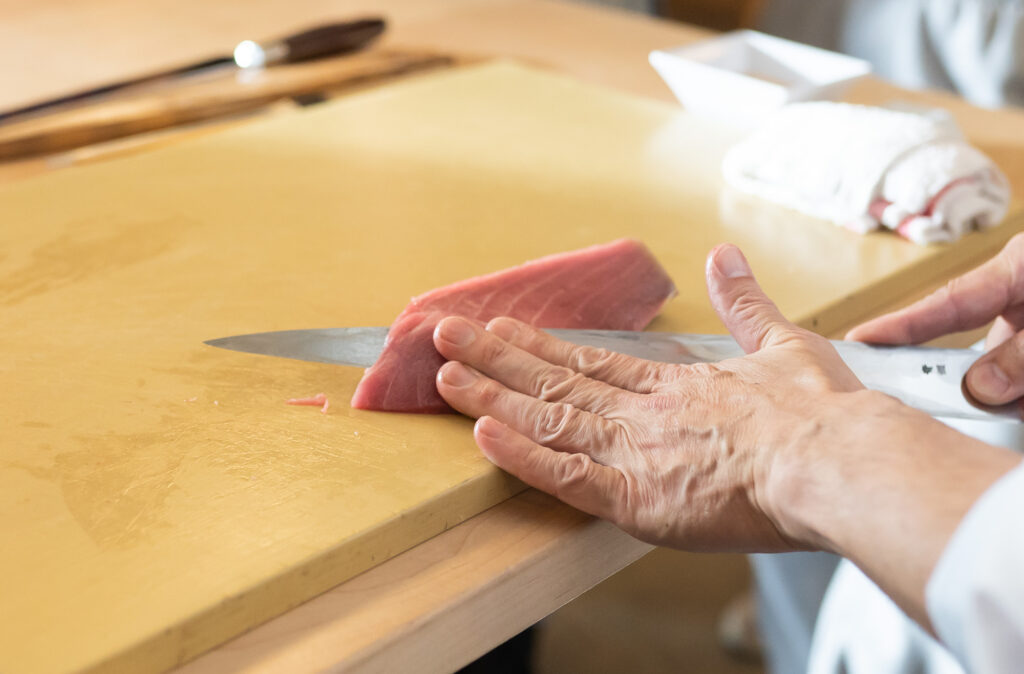
Yamagata Prefecture
Experience the Hanagasa Festival of Yamagata City
As the summer season hits its peak, the streets of Yamagata City come alive as thousands of performers dance through the streets during a dazzling 3 day event. Dancing to Yamagata’s most famous folk songs that have been passed down for generations is the perfect way to experience the passion and heart of the people of Yamagata.
This festival is currently set to take place on August 5th, 6th, and 7th, 2026.
Applications are currently being accepted for dancers to join the Yamagata Hanagasa Denshokai Takara-ren(「山形花笠伝承会 たから連」)for the parade on the 7th! We will provide an interpreter, a private dance lesson with a local instructor, costume rental, kimono dressing, hair and make-up, hanagasa hat, tabi, and zori sandals for the event.
The origins of the festival trace back to 1963 when the parade added to the Zaō Summer Festival in an effort to attract more tourists to Yamagata Prefecture during the summer. Over the years the event grew and grew and now is one of the four major festivals of Tohoku. In recent years the festival has been known to draw over 1 million visitors not only from all over Japan but also from abroad as well. The festival features over 10,000 dancers from all over Yamagata who all celebrate the proud folk culture of Yamagata through the power of song, dance, and community.
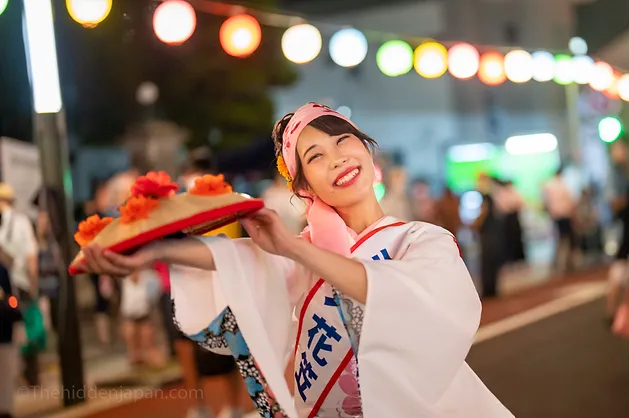
Quick Info
Cost
Entry to the festival and performances are free, but paid viewing seats with an unobstructed view are also available.
Special Participation Plan for the Hanagasa Parade in collaboration with Yamagata Hanagasa Denshokai Takara-ren(「山形花笠伝承会 たから連」)
Participation as a dancer on August 7th will be ¥145,000 per person. This includes:
- Private dance lesson
- Dedicated Interpreter
- Costume rental
- Kimono Dressing
- Hair and Make-up
- Zori Sandals, Tabi Socks, and a Hanagasa Hat as souvenirs
- Coordination Fee
When
Held annually on August 5th, 6th, and 7th in Yamagata City.
This festival generally starts at 6:00pm and ends around 8:30pm.
Average Duration
1 – 2 hours
Address
七日町 Yamagata, 990-0042
Other tips
The primary viewing spot is at the Bunshokan museum.
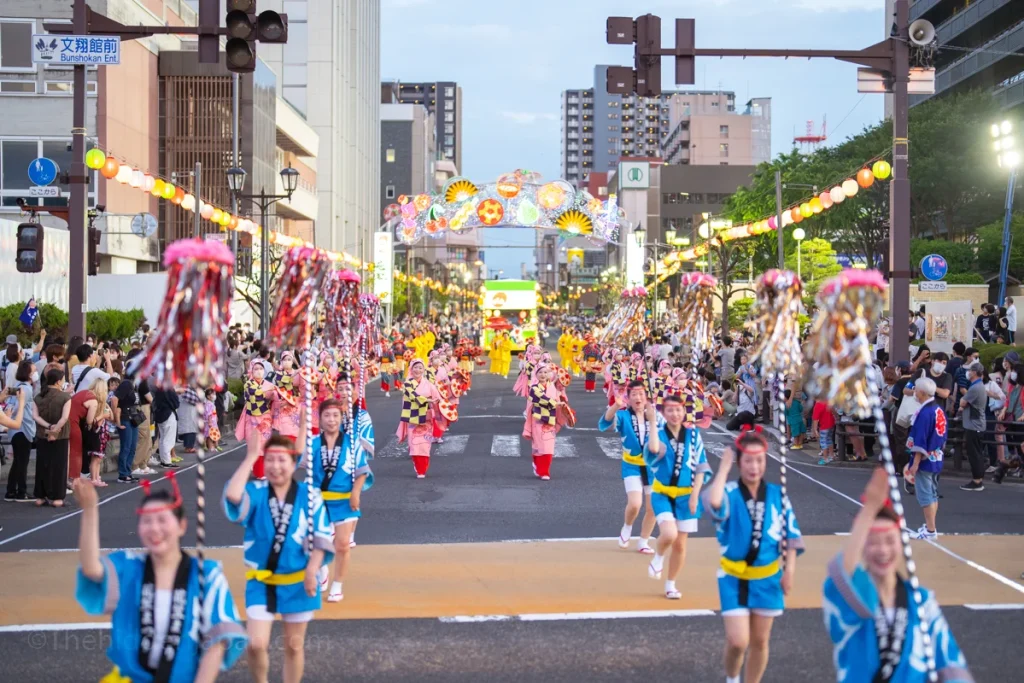
The Hanagasa Dance
The primary draw of the Hanagasa Festival are the thousands of vibrant and passionate dancers from across Yamagata that fills the streets. These can number up to 10,000 and include a variety of dances and uniforms.
The dance traditionally performed by the Hanagasa dancers is properly known as the “Kunpu Mogamigawa” dance or in English, the “Fragrant Breeze of the Mogami River”. This is because the sway of the beautiful dancers is said to be so refreshing and relaxing that it imitates the gentle cool breeze of the Mogami River on a hot summer day.
More commonly, this dance is simply referred to as Onna Odori, the women’s dance as it was historically only performed by women and has a certain feminine grace.
However, since then men have also taken up this dance and can be seen each year in this festival.
There are also various other dancers performing in the Hanagasa Festival including maiko, samurai, and even hiphop groups in recent years.

Each region of Yamagata has its own spin on the dance, each with exciting moves, characteristics, and traditions. The Zaо Gyоkо from Zao is also called the Otoko Odori (the men’s dance) not because it can only be done by men, but also because of the powerful and dynamic dance moves it uses.
The dancers from Obanazawa dance the Kasa Mawashi (hat spinning dance) where they constantly spin their Hanagasa hats at rapid speeds as they dance. There are many traditional and local styles represented at the festival each year however some dancers create entirely new takes on the dance and infuse their own modern style as well!
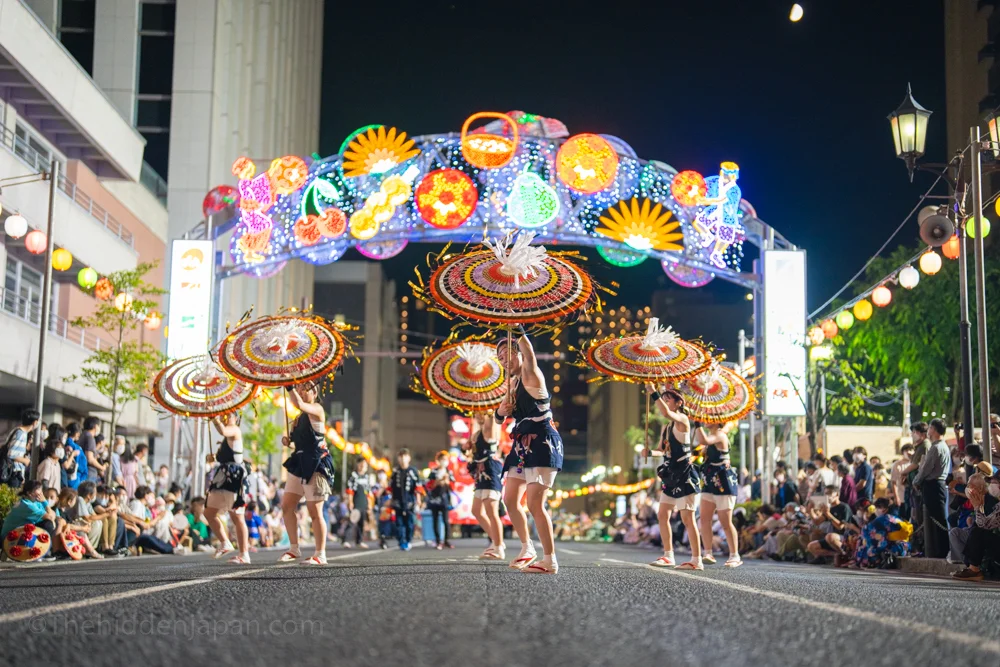
The Hanagasa Ondo
The song traditionally sung at the Hanagasa Festival is known as the Hanagasa Ondo and is a Japanese folk song with a rich history as well.
While there is still a range of views as to the precise origin of this song, one version of events has it that in around 1910 near Murayama City, workers pounding earth to create a flood embankment would should out “Yassho!” to which the other half would return the call with “Makkasho!”.
This came to be known as the Dontsuki Uta or “earth pounding song” and eventually musical accompaniment and additional lyrics were added to represent the specialties and unique characteristics of all of Yamagata.
This song and several variations are played throughout the streets of the downtown area all the way to the Bunshokan historical former prefecture office of Yamagata.
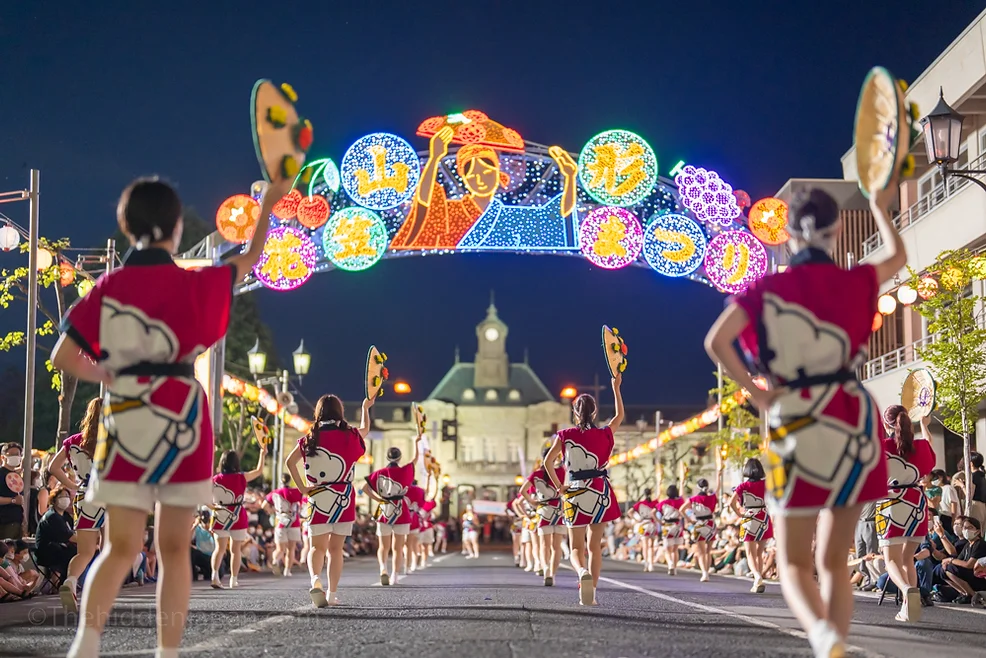
Inquire about Participating in the Hanagasa Festival Today!
You can send a booking inquiry below. After we receive your inquiry, we will confirm with our partners and contact you with availability and booking information.
Other Information
Hundreds of thousands of viewers fill the streets during each night of the Yamagata Hanagasa Festival which also coincides with the hottest time of the year here in Japan.
Arriving early to secure your viewing spot at least 2-3 hours before is advised and cold drinks and water are a must.
You can walk directly to this festival from Yamagata Station in about 20 minutes through the downtown area.
This festival is also part of what is called the Kizuna Festival, a collaboration among the major festivals of the Tohoku Region. Here each region’s flagship festival can be seen at a single place!
